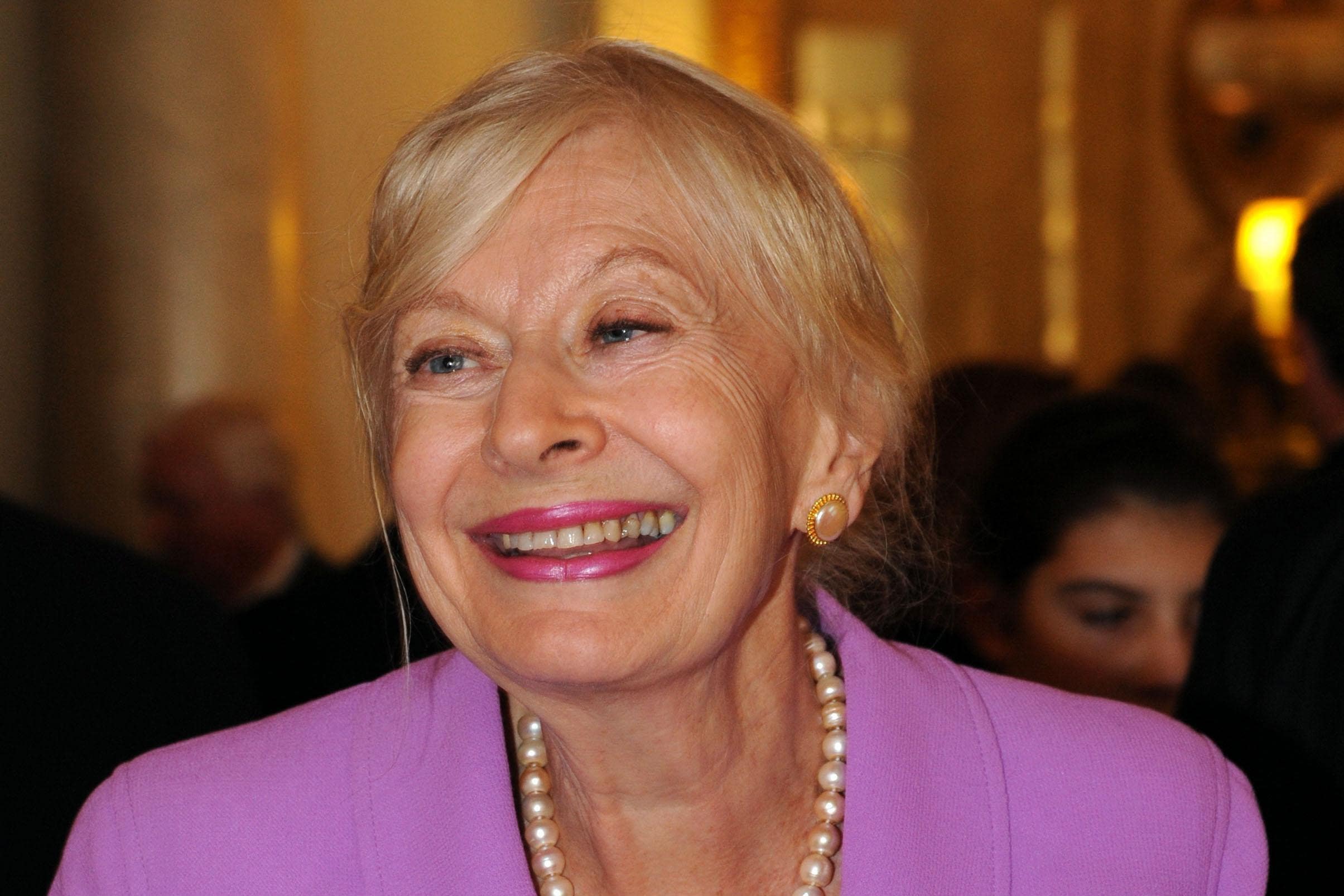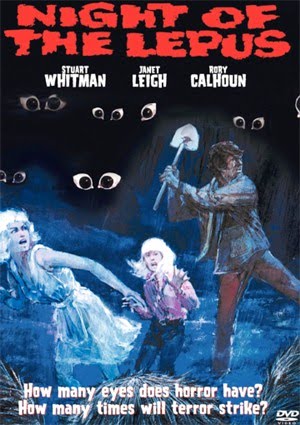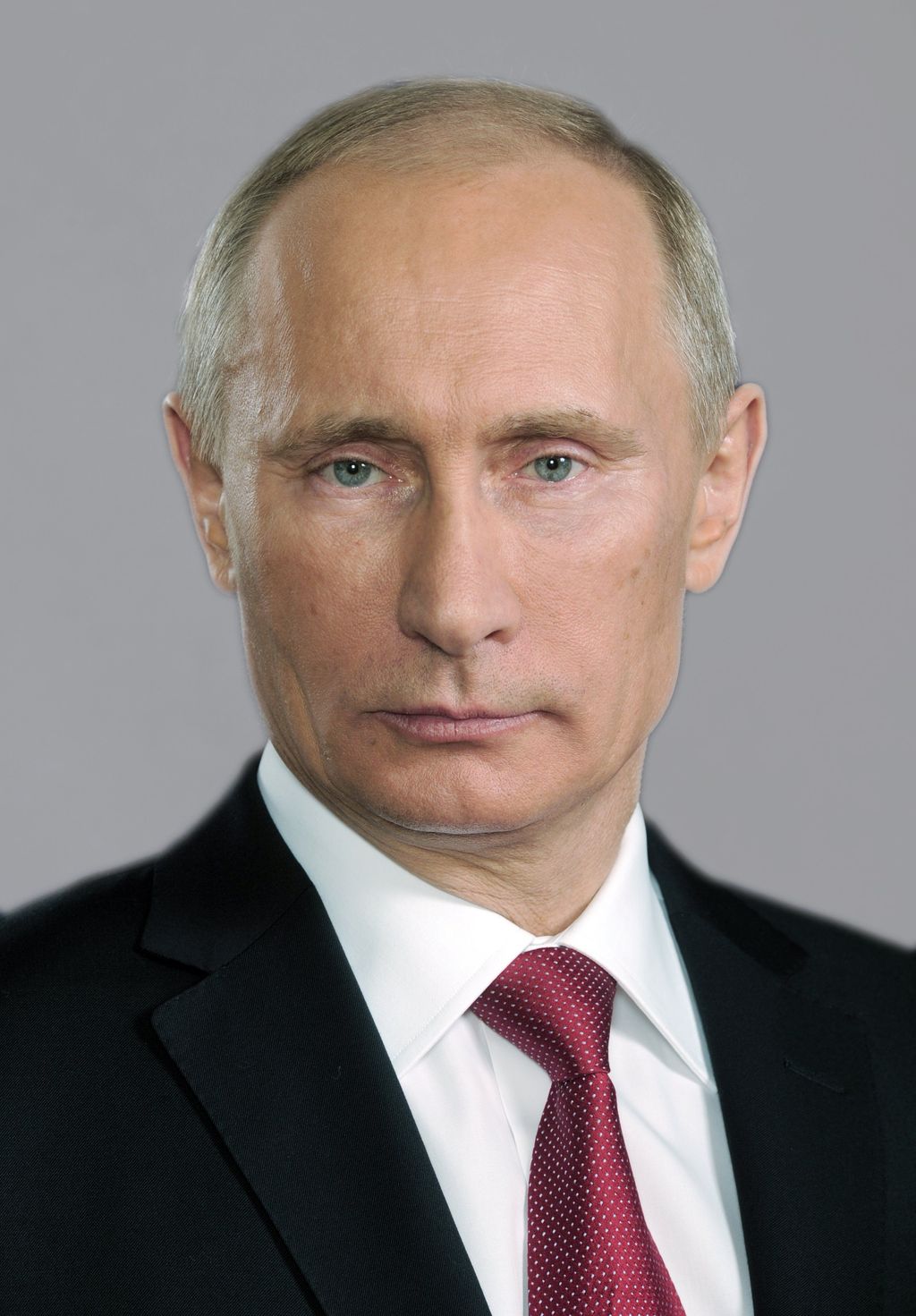
In a profoundly troubling echo of a brutal past, accusations have emerged that Russian President Vladimir Putin is actively pursuing a “genocidal policy” against the Crimean Tatars, aiming to complete what Joseph Stalin failed to accomplish. This dire assessment comes from prominent Crimean Tatar leaders, highlighting a decade of intense repression since Russia’s illegal annexation of the peninsula in 2014.
For eleven years, Crimea has remained under Russian occupation, transforming the lives of its diverse population. Before the invasion, the peninsula’s approximately 2.4 million residents were a mosaic of cultures, including Russians (60%), Ukrainians (24%), and Tatars (12%), alongside various other minority groups.
Since Putin’s annexation, however, the Tatars have faced severe persecution, compelling many to abandon their historic homeland. Moscow has relentlessly implemented an extensive Russification campaign, meticulously designed to eliminate all vestiges of minority cultures and identities across the annexed territory.
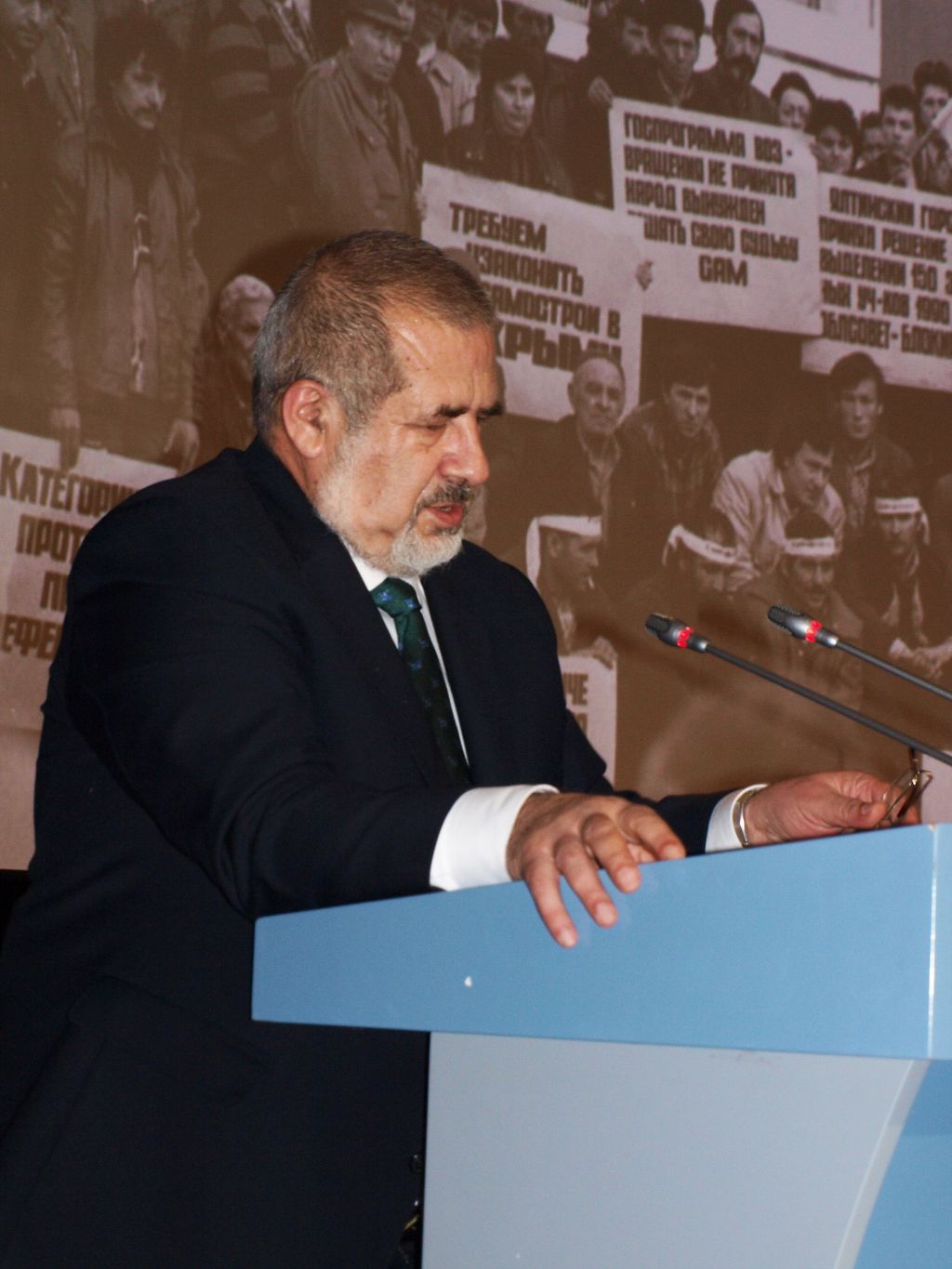
Refat Chubarov, who chairs the Crimean Tatar People’s Parliament (Mejlis), has informed the Express that the persecution of his people remaining on the peninsula continues to intensify. He starkly stated, “Crimean Tatars are the target of repression,” adding, “People are being abducted, and dozens have been found dead.”
Chubarov’s reports detail a grim reality, with the occupying forces having wrongfully imprisoned over 250 individuals on politically motivated grounds. He emphasized the disproportionate impact on his community, noting, “Two-thirds, some 66% of this number, are Crimean Tatars, who make up only 13% of the total population.”
The targeting of Tatar communities extended even to military conscription. During the initial wave of mobilization in September 2022, Chubarov revealed that in many places where military summons were issued, “Crimean Tatars made up 60-70%, and in some cases even 80% of the local communities.”
When widespread disapproval threatened social upheaval, Russia shifted its strategy, attempting to entice recruits with promises of land. Chubarov disclosed, “They started allocating land to anyone willing to sign a contract with the Russian Army. They promise them our land by the sea.”
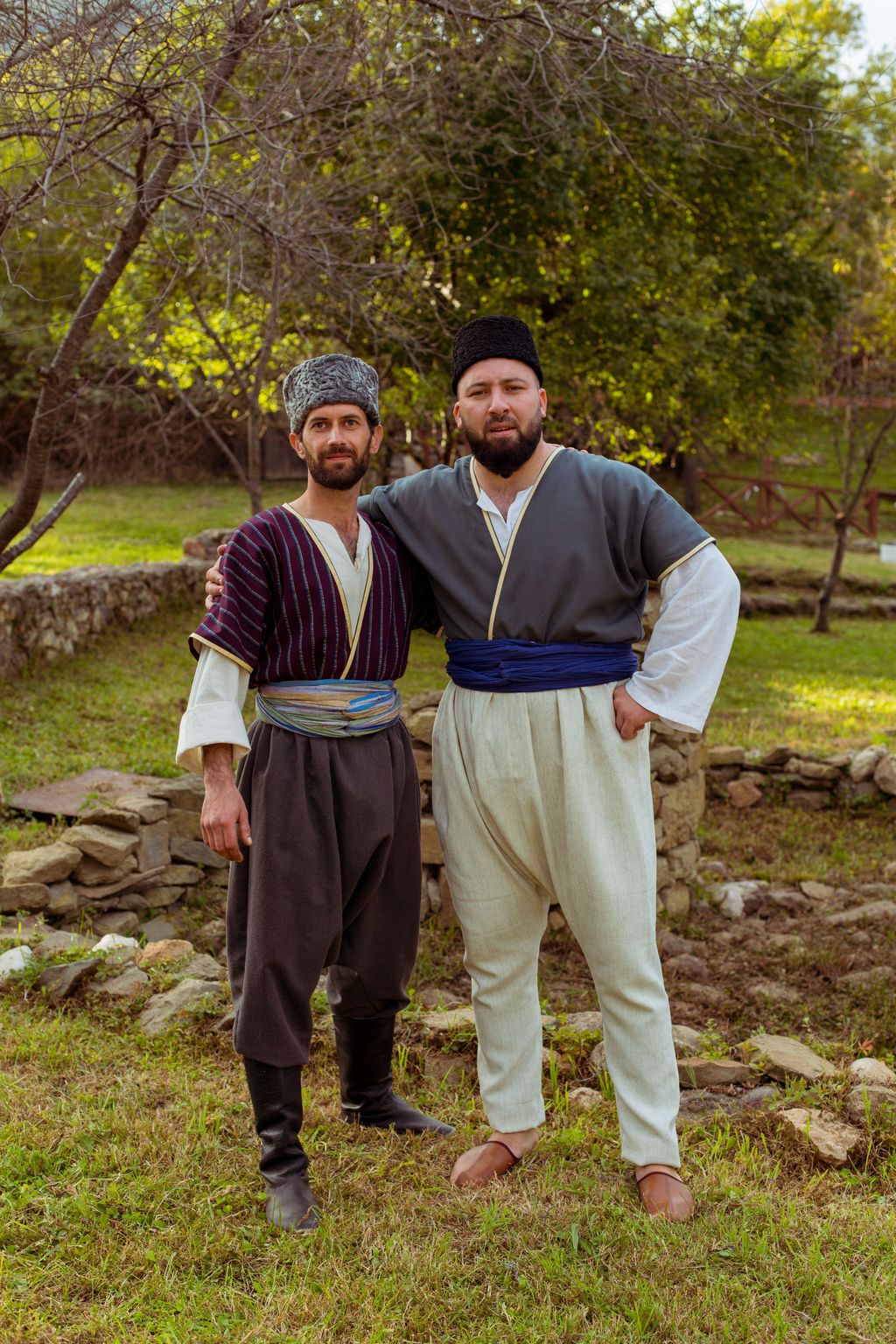
These actions, Chubarov concluded, clearly indicate a sinister objective: “All this indicates that the goal of the Russian occupiers is the complete cleansing of Crimean Tatars. Putin is continuing the genocidal policy of the Soviet Union. He wants to finish what Stalin failed to accomplish.”
This accusation carries profound historical weight. In 1944, Stalin exiled the entire Crimean Tatar populace, approximately 200,000 people, accusing them of collaborating with the Nazis during World War II. Their forced relocation, primarily to Uzbekistan and other Central Asian regions, led to a catastrophic loss of life, with as many as 46% dying within two years due to starvation and illness.
A 1967 Soviet decree later exonerated the Crimean Tatars of all accusations, yet it did nothing to facilitate their return or provide compensation for the immense losses they endured. They remained barred from returning to Crimea until nearly the final days of the USSR, a testament to the enduring impact of Stalin’s brutal policies.
Beyond the immediate repression of the Crimean Tatars, the current Russian regime is engaged in a sweeping campaign to systematically rewrite history itself. Recently, President Putin’s government announced the “rescission” of a 1991 law that had officially rehabilitated past victims of political tyranny.
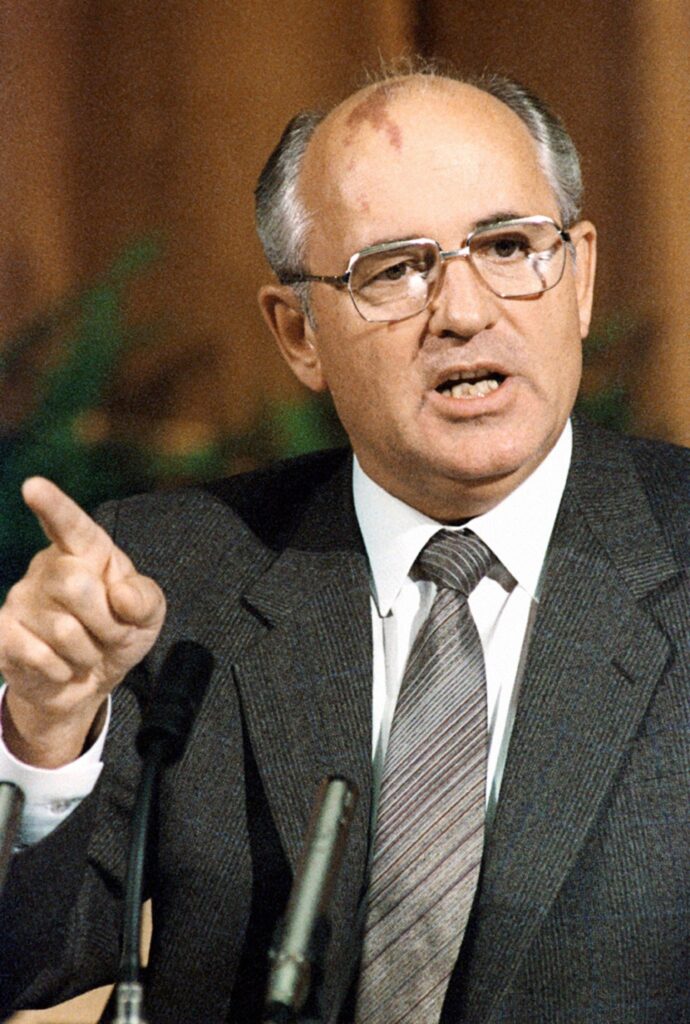
This 1991 law was a cornerstone of a truth-telling era under Mikhail Gorbachev and Boris Yeltsin, which had begun in the late 1980s. This period had bravely revealed the full extent of the Soviet Union’s horrific crimes against its own citizens, leading to the acquittal, in many cases posthumously, of over 3.5 million defendants who had faced arrest, torture, monstrous terms in the Gulag, or execution.
The stated aim of this new move is ostensibly to reinstate charges against “traitors of the Motherland and Nazi accomplices” from World War II. However, the enormous scope of this operation strongly suggests that it will almost certainly encompass other victims of Soviet “justice” from the Stalin era.
Putin’s prosecutor general is moving with alarming speed, having already reinstated charges against 4,000 individuals as part of a two-year “audit.” The cases against these defendants, including those long deceased, will be reviewed under articles of the Criminal Code that can be expansively construed, such as “state treason” and “secret cooperation” with the state’s enemies.
Remarkably, the article on “secret cooperation” was adopted only in 2022, meaning some long-dead individuals, previously deemed wrongly convicted, are being re-prosecuted under a law that did not exist when their alleged crimes were committed. This retrospective application of law underscores the regime’s disregard for established legal principles.
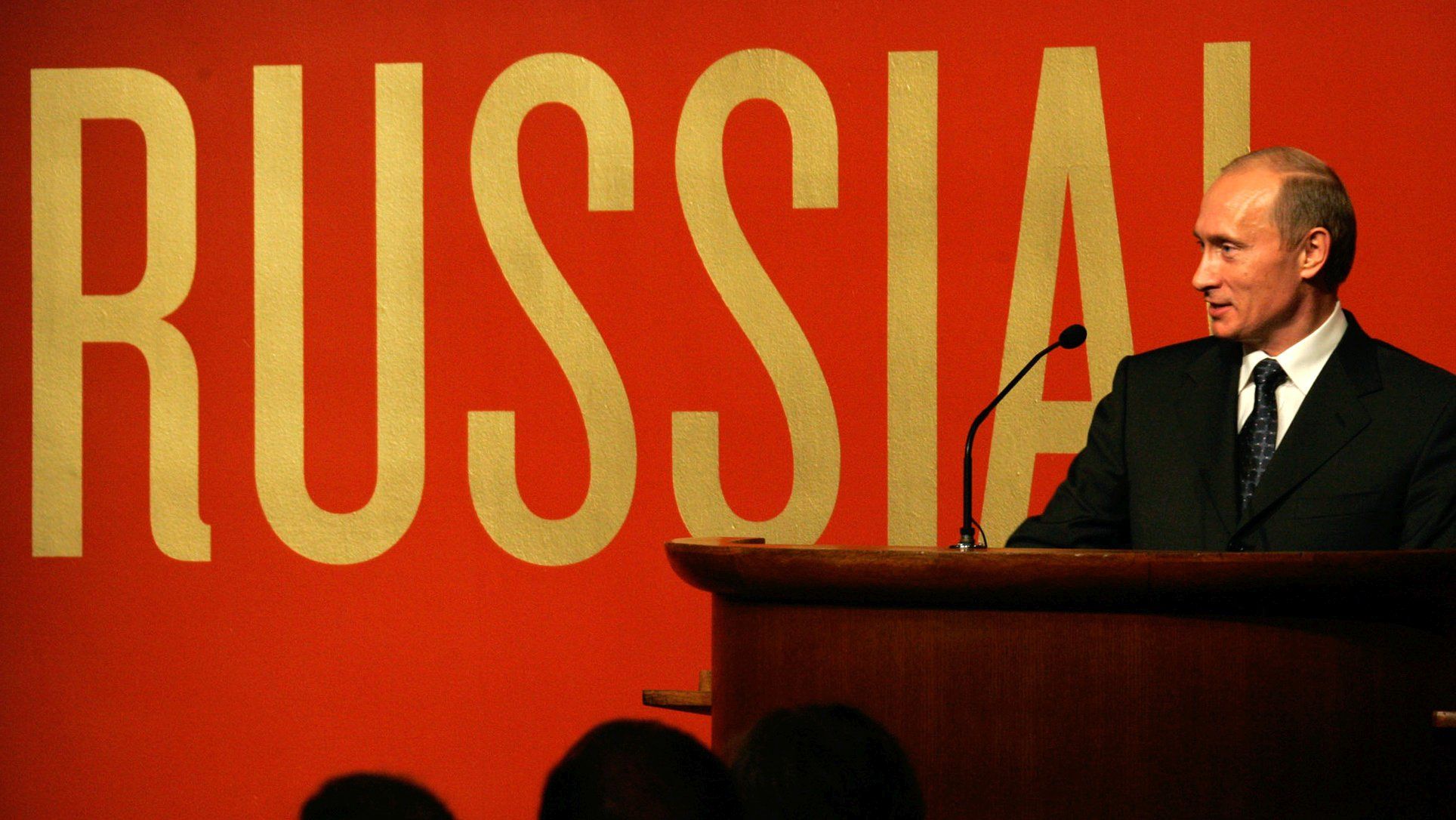
For many outside Putin’s Russia, the idea of re-sentencing deceased political prisoners seems ludicrous, prompting questions about the rationale behind such an effort. Yet, these actions offer crucial insight into the regime’s operational logic and its evolving sources of legitimacy.
From 2000 to approximately 2010, rapid economic growth served as the primary wellspring of Putin’s popularity and his regime’s legitimacy. However, as that phase waned, Putin shifted his focus, seeking instead to rally the public to the defense of a “motherland besieged by the perfidious and cunning West.”
In this narrative, the Kremlin presents itself as the heir to an idealized version of the Soviet Union—a mighty and benign superpower, the bane of Nazis, and a moral and military counterweight to America. Putin, a former KGB agent, believes the Soviet era was glorious and desires his subjects to be inspired by it.
This aspiration extends to relitigating decades-old cases, justifying Stalin’s terror against his own people to solidify his contemporary vision. The process of de-rehabilitation is deliberately murky, with defendant names and most case records classified, according to the British Broadcasting Corporation.
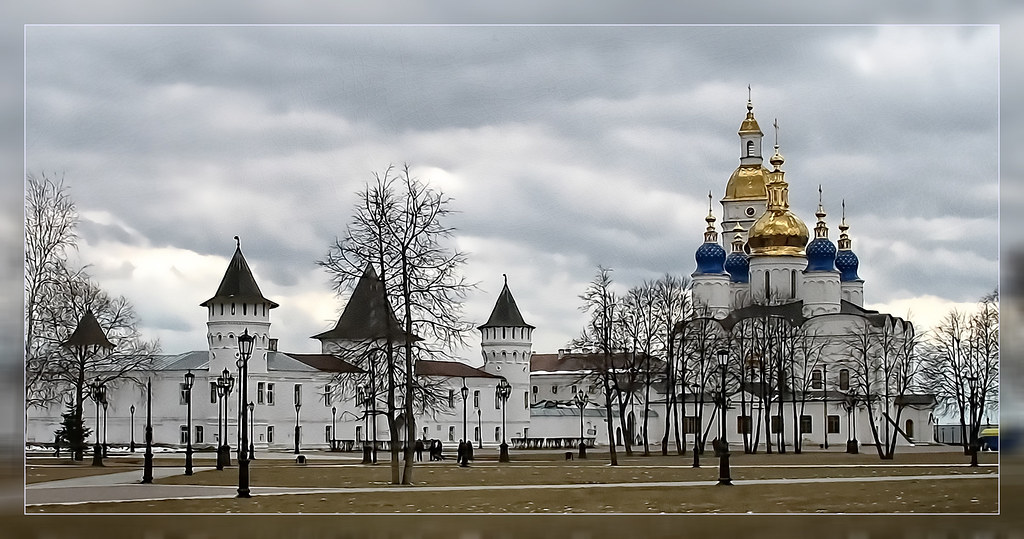
Courts are accepting the legitimacy of Stalinist judicial institutions, including “special departments,” military tribunals, and the infamous “troikas” of officials. Original sentences are being confirmed without any new corroborating evidence, reinforcing a chilling pattern of unchecked authority.
Among the most likely targets for reprosecution are alleged Ukrainian “Nazis,” a term the Kremlin uses for nationalists who resisted Soviet reoccupation after World War II. The overthrow of their alleged “heirs” in the current “neo-Nazi Kiev regime” was, notably, one of Putin’s stated reasons for invading Ukraine.
The Kremlin’s systematic assault on historical memory is intrinsically linked with the war on Ukraine. To continue sending Russians to die or be maimed in combat, Putin urgently needs his populace to accept, and even feel moved by, the idea that Russia’s bright future resides in its Soviet past, and that their struggle aims to recover the Soviet Union’s unchallenged might.
Putin has long understood a profound psychological truth that pro-democracy revolutionaries of the late 1980s and early 1990s often overlooked: many Russians carry a deep-seated trauma from the perceived loss of their country’s exalted place in the world.
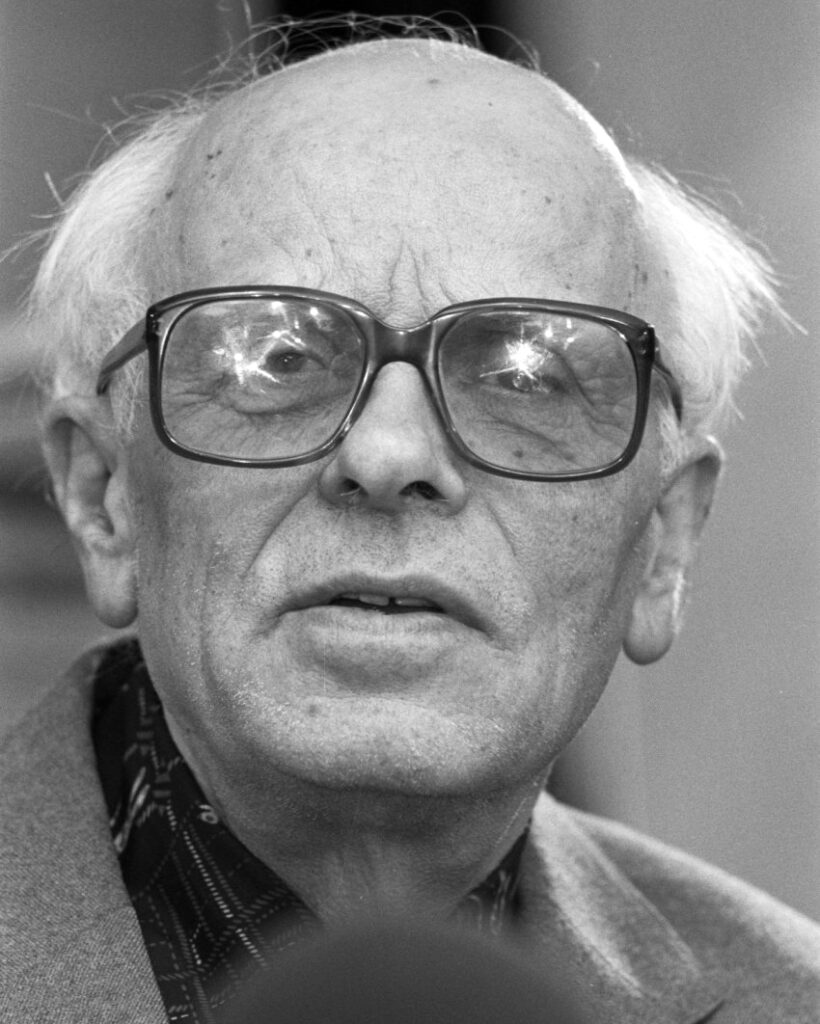
A 2011 national survey illustrated this sentiment, with 78 percent of Russians agreeing that “Russia must restore its status of a great empire.” Instead of confronting the true causes of the Soviet Union’s collapse, as Gorbachev and Yeltsin had attempted, Putin actively seeks to erase public memory of the millions arrested, tortured, shot after five-minute “trials,” exiled to sicken and die, or worked and starved to death in the Gulag.
This revisionist agenda is evident in cultural institutions. In 2015, a Gulag museum in the Perm region was “redesigned” to de-emphasize political prisoners, a part of a continuing pattern. Four years ago, when amending the Russian constitution to effectively make himself president for life, Putin inserted an article committing the government to the “defense of historical truth,” a measure that, in reality, granted him even greater power to suppress and rewrite history.
Further demonstrating this suppression, in 2022, just four days after Russia invaded Ukraine, authorities shut down the group International Memorial. Founded in the late 1980s by the former dissident Andrei Sakharov and others, its mission was to monitor political imprisonment and preserve the memory of Stalinist terror.
What the Russian newspaper Kommersant called an “epidemic of destruction of the memorials to the victims of Stalinist repression” has accelerated. At least 22 such monuments vanished between February 2022 and November 2023, effectively erasing markers of past atrocities from public consciousness.
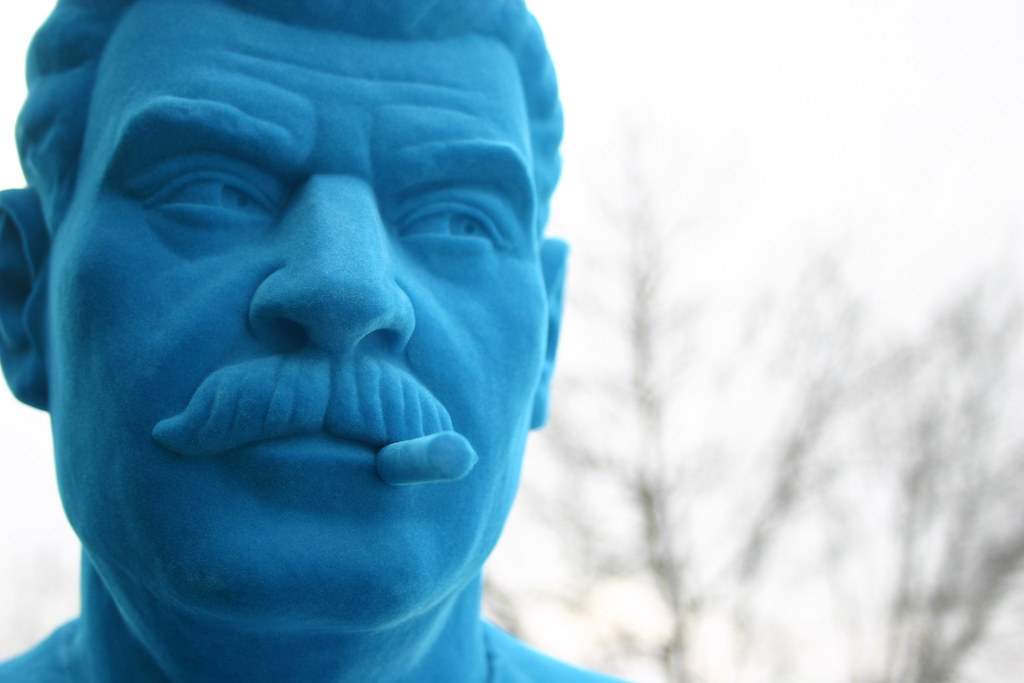
In Saint Petersburg, a memorial board bearing lines from Anna Akhmatova’s world-renowned poem “Requiem” was removed from the wall of a former prison, a place where the great Russian poet recalled standing “for 300 hours” waiting for news of her arrested son. Last month, Moscow authorities even shut down the authoritative and artistically stunning Museum of Gulag History, citing an alleged violation of fire-safety regulations, a transparent pretext.
Concurrently, monuments to Stalin’s Soviet Union are proliferating across Russia. This past summer, Kommersant counted 110 obelisks and statues commemorating Stalin himself, with almost half having been erected in the last ten years. While these sculptures are said to be “privately funded,” usually by local Communists, their presence in public space clearly requires the Kremlin’s tacit permission, if not active encouragement.
Perhaps the most influential of Stalin memorials is being constructed not in stone, but in the minds of the young. The “Putin generation” has known no other leader from birth. The 635,000 students, potential future soldiers, who graduated from high school this year, learned Soviet history from an 11th-grade textbook that prominent dissident Dmitri Savvin described as the “most Stalinophilic item” in Russian territory since Stalin’s death in 1953.
In this textbook’s narrative, the butcher of millions is never culpable. His monstrous deeds are either omitted, explained away, or copied uncritically from official Soviet narratives. For instance, his Great Purge of 1936–38, a bacchanal of death, is merely presented as the result of a “complicated international situation” and the threat of a new world war.
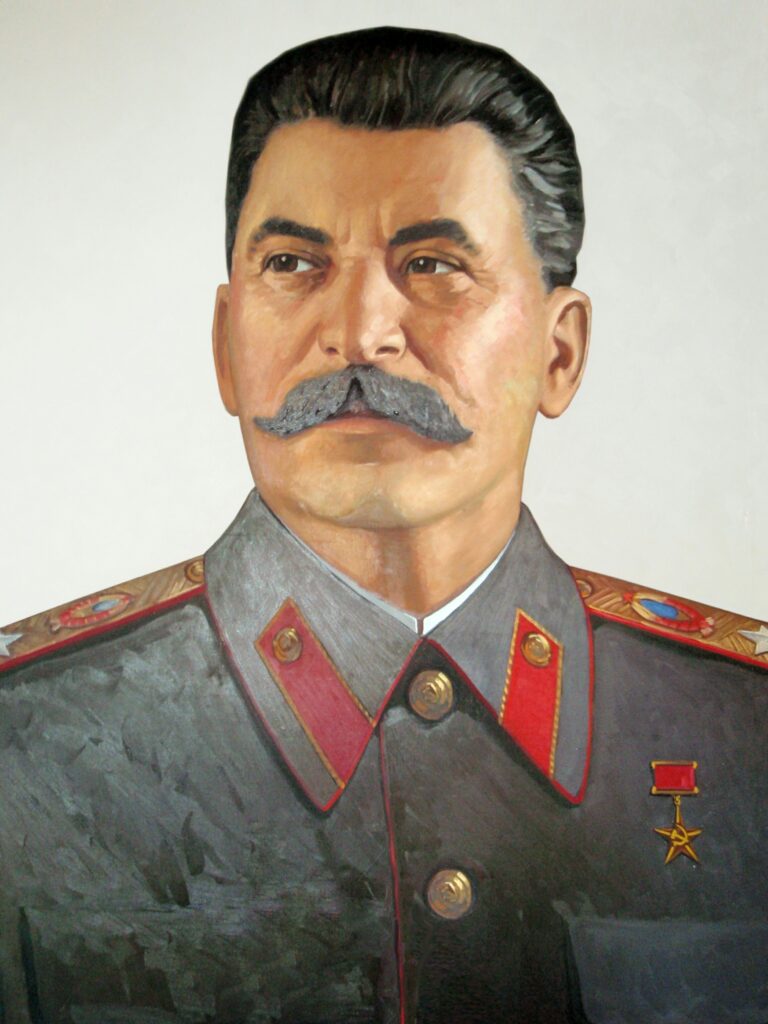
Under “such circumstances,” the textbook instructs, Stalin “thought it necessary” to suppress “domestic opposition,” individuals who, in the case of an invasion, might have become a “fifth column,” stabbing the Soviet Union in the back. The textbook further avers that these repressions “seemed justified to most Soviet citizens,” and Stalin’s popularity “not only did not diminish” but “continued to grow.”
Notably undiscussed is Stalin’s ten-day retreat to his dacha before addressing the public after the Nazi invasion began in 1941, or how the execution of virtually all senior military commanders during the Great Purge directly contributed to the military disasters that soon followed, a critical omission in the revised history.
After Stalin’s death, the Soviet government admitted that many of his victims had been wrongly accused. Official rehabilitation efforts began in the final years of the Soviet Union, fostering a consensus that Russia’s democratic future depended on facing the truth about Stalin and his regime. It was believed that only a perpetual, living, and constantly renewed memory of the mass murder could prevent the restoration of a criminal, authoritarian regime.
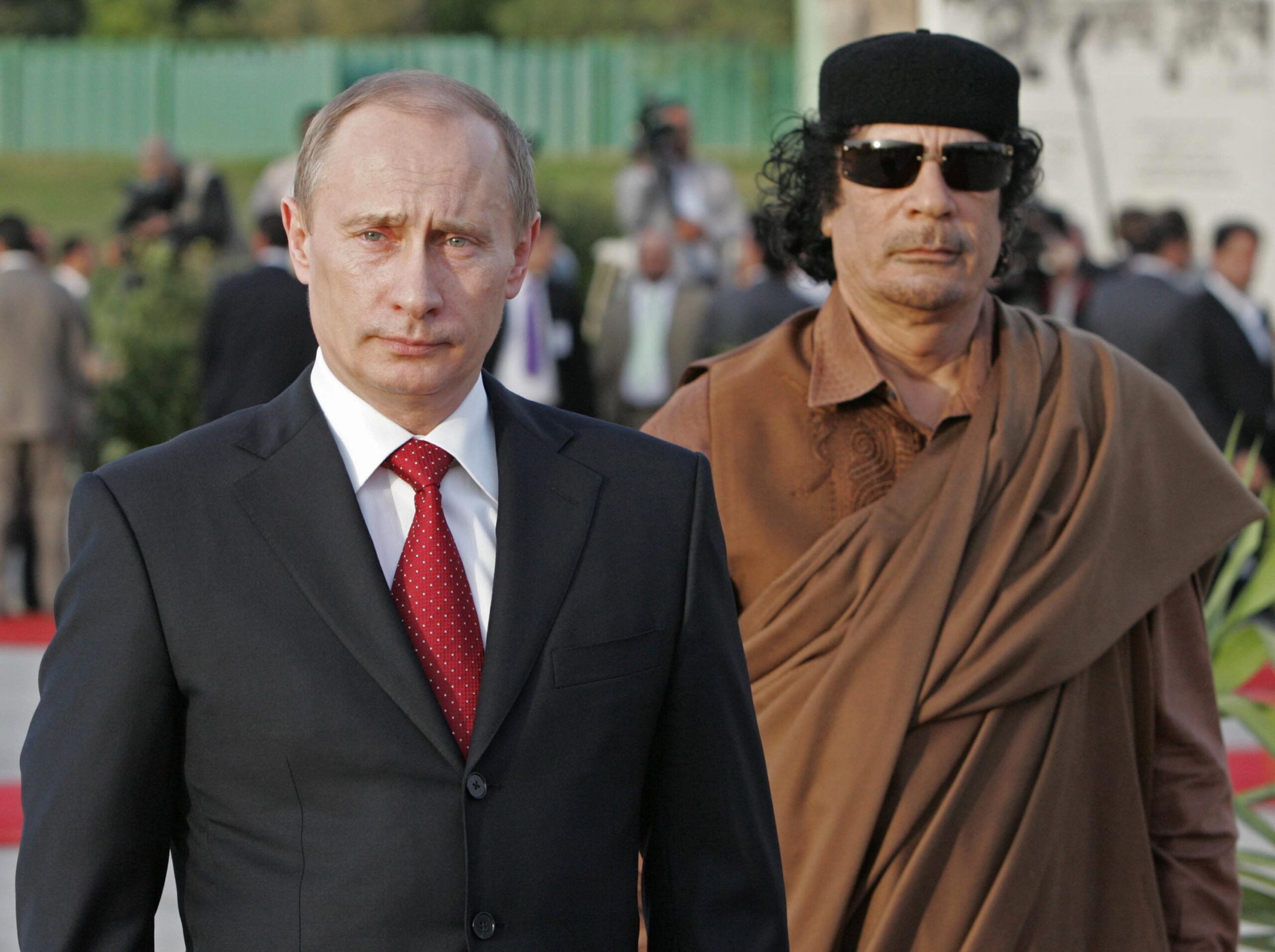
Putin, it appears, understands this historical lesson differently. He knows that “Who controls the past, controls the future,” and “Who controls the present, controls the past,” as George Orwell wrote in “1984.” That is why his government is methodically reviving criminal charges against thousands of previously exonerated victims of the Soviet regime. His historical revisionism has become an indispensable feature of his regime, and as long as he controls the present, his war on memory will only broaden and deepen.
As Russia’s full-scale invasion of Ukraine approaches the two-year mark, Ukrainian resolve remains unshakable. A recent poll found that 84 percent of Ukrainians reject the idea of ceding any territory to Russia in exchange for peace, demonstrating remarkable determination rooted in a deep understanding of their historical context.
For most Ukrainians, the main factor fueling their determination to fight on is the profound sense that Russia’s genocidal objectives leave them with no choice but to resist. Either Ukrainians defend themselves, or Ukraine itself will cease to exist as a sovereign entity and distinct culture.
Examples of the Russian military’s genocidal conduct in Ukraine and the Kremlin’s genocidal intent continue to mount. Human rights investigators have recently released new evidence, accusing Moscow of a deliberate starvation campaign that appears to have been in place even before the full-scale invasion, drawing stark parallels to past atrocities.
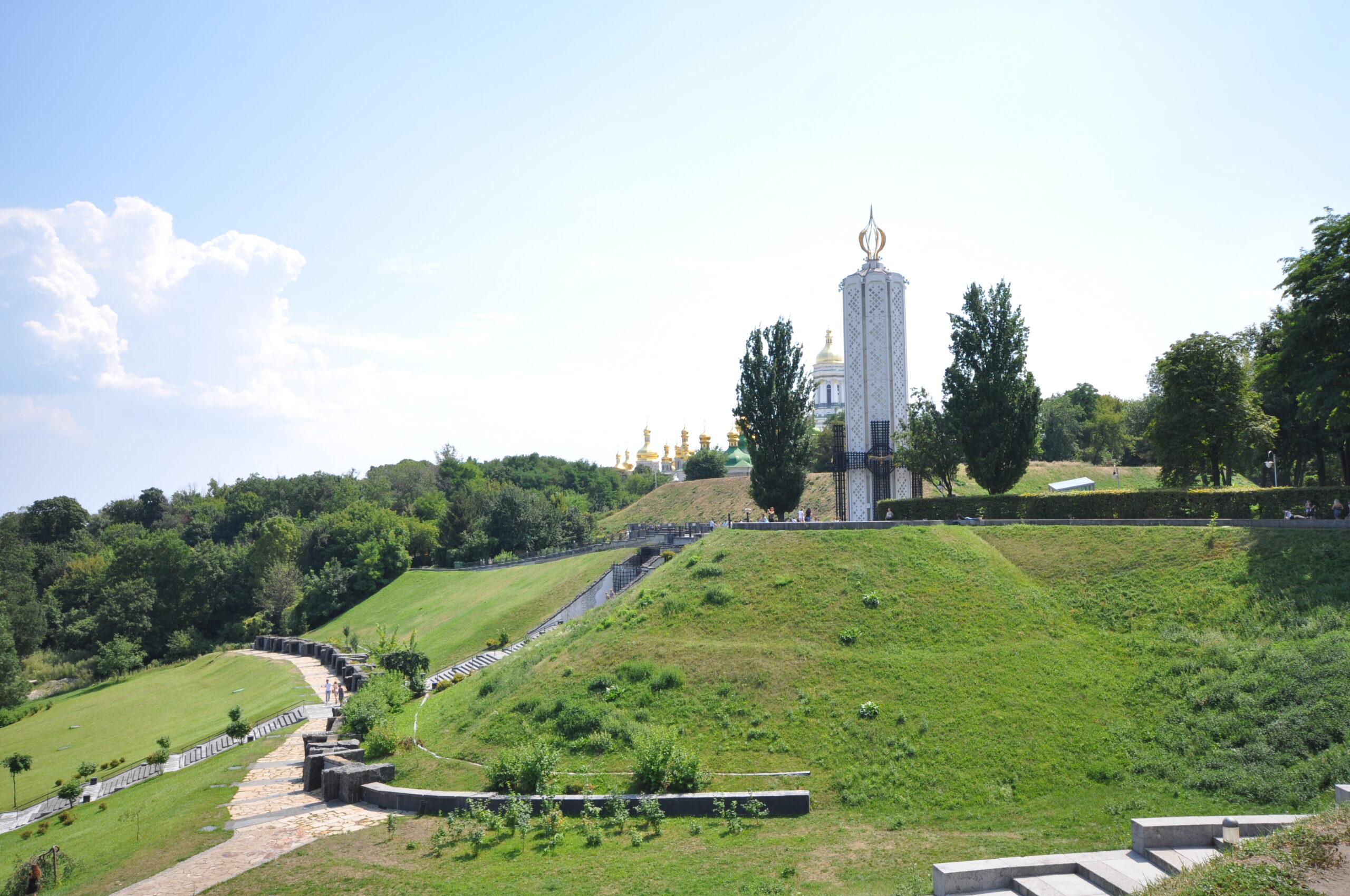
These accusations of weaponizing food resonate deeply as Ukrainians commemorate a major anniversary of a remarkably similar crime committed by the Kremlin almost a century ago: the artificial famine of the early 1930s known as the Holodomor.
One of Stalin’s most notorious crimes, this deliberately engineered famine killed an estimated four million Ukrainians in less than two years. Declassified Soviet records now confirm Stalin’s behavior as part of a broader campaign to extinguish Ukraine’s statehood aspirations, effectively a bid to crush their dream of independence.
While Stalin’s bid ultimately failed, with millions of Ukrainians continuing to resist Soviet rule and playing a critical role in the USSR’s eventual collapse, many irreplaceable features of Ukraine’s cultural heritage were lost forever during the Holodomor. Raphael Lemkin, who first coined the term “genocide,” viewed Stalin’s attempt to destroy the Ukrainian nation as “the classic example of Soviet genocide,” a scholarly consensus that is now growing.
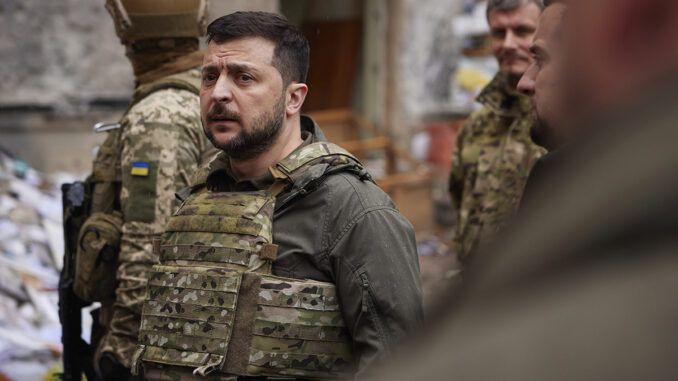
Modern Ukrainians are acutely aware that their freedom is not without cost. Most have a friend or family member who has been killed or wounded in Russia’s invasion, and many are descendants of those killed by the Stalin regime, carrying a multi-generational burden of historical trauma.
Ukrainian museum director Ihor Poshyvailo, interviewed in June 2017 about the Holodomor, now works around-the-clock to prevent Moscow’s latest attempt at destroying Ukraine’s cultural heritage. He has condemned modern Russia’s escalating aggression as a genocide, calling the current invasion “a war against our historical memory, against our being Ukrainian.”
Historian Daria Mattingly, who has studied the Holodomor’s rank-and-file perpetrators, views the genocidal violence of the current Russian invasion as a reflection of the Putin regime’s inherent nature. She comments that “As an unapologetic imperial power, Moscow consistently treats the people it oppresses as resources, not human beings worthy of rights and protections.”
Moscow’s atrocities in Ukraine blur the lines between past and present. Eastern Ukraine’s Kharkiv region, for instance, is relentlessly bombed from just over the Russian border, causing immense suffering. “Life used to be beautiful here. They have left us without our loved ones, without our parents, without husbands, without sons, without our previous life, without jobs, without anything,” a newly widowed Olga recently told a reporter.
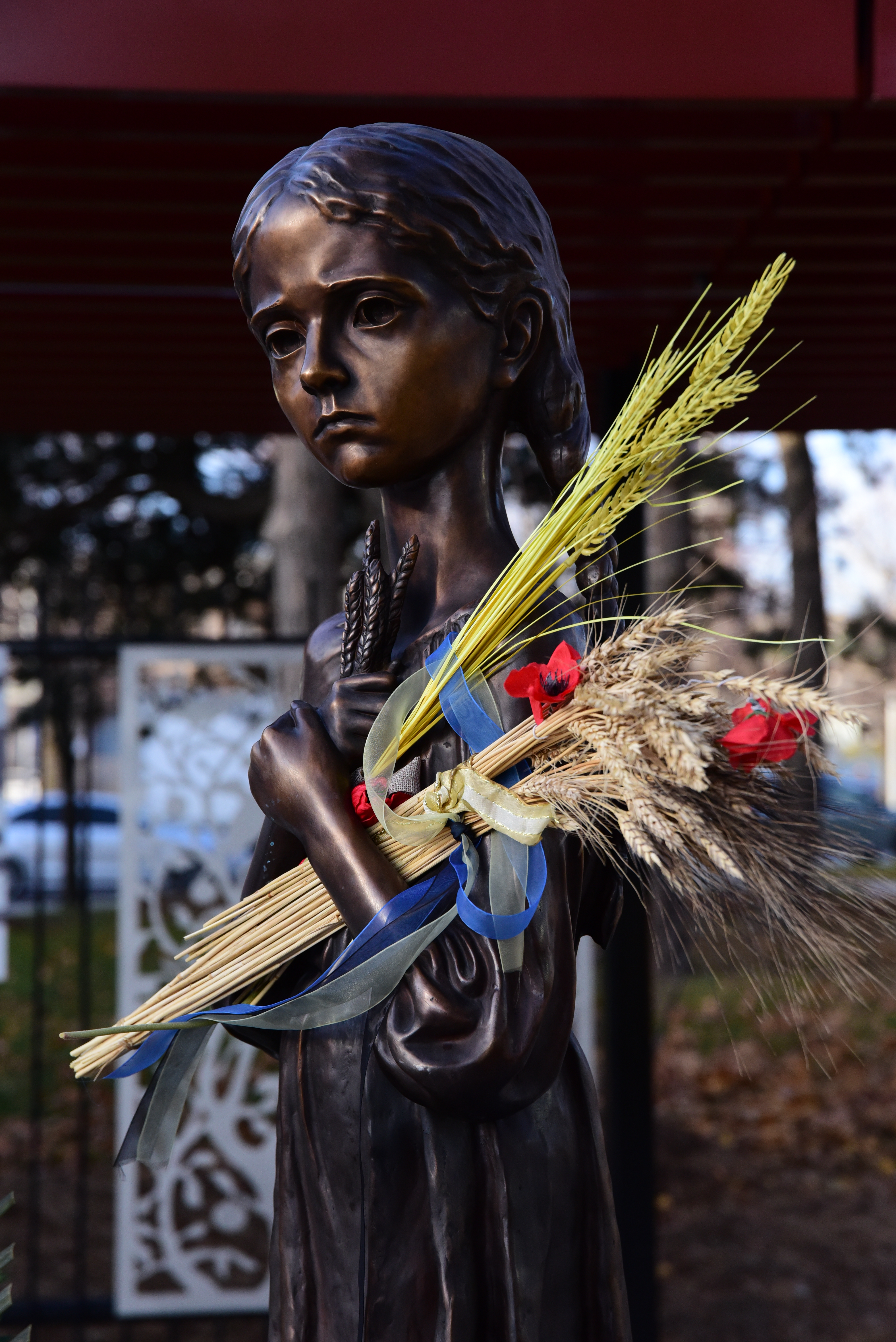
Kharkiv also experienced terrible suffering during the Holodomor, being among the most badly affected regions. In 1932, a schoolteacher, Oleksandra Radchenko, kept a private diary, later serving ten years in a Soviet gulag for it. Describing whole villages dying out, she wrote, “I am so afraid of hunger; I’m afraid for the children. It would not be so offensive if it were due to a bad harvest, but they have taken away the grain and created an artificial famine.”
For some Ukrainians, understanding the long-suppressed history of the Holodomor has been vital to reclaiming their national identity. Scholar and theologian Ihor Kozlovskyi, who was detained and tortured by Russia’s proxy forces for nearly two years before his release, emphasized its importance for building “our truly independent state free of aggression and dictatorship.
Kozlovskyi passed away this year, but his words remain profoundly relevant. Learning from the past also holds a somber warning for the West. Despite strenuous Soviet efforts to conceal information about the Holodomor, some intrepid journalists raised the alarm even as the genocide unfolded.
Yet, despite these news reports, personal appeals, and confirmation from his own diplomats, US President Franklin Roosevelt officially recognized the Soviet Union in November 1933, spurred by what some scholars now call a mixture of US economic self-interest and realpolitik.
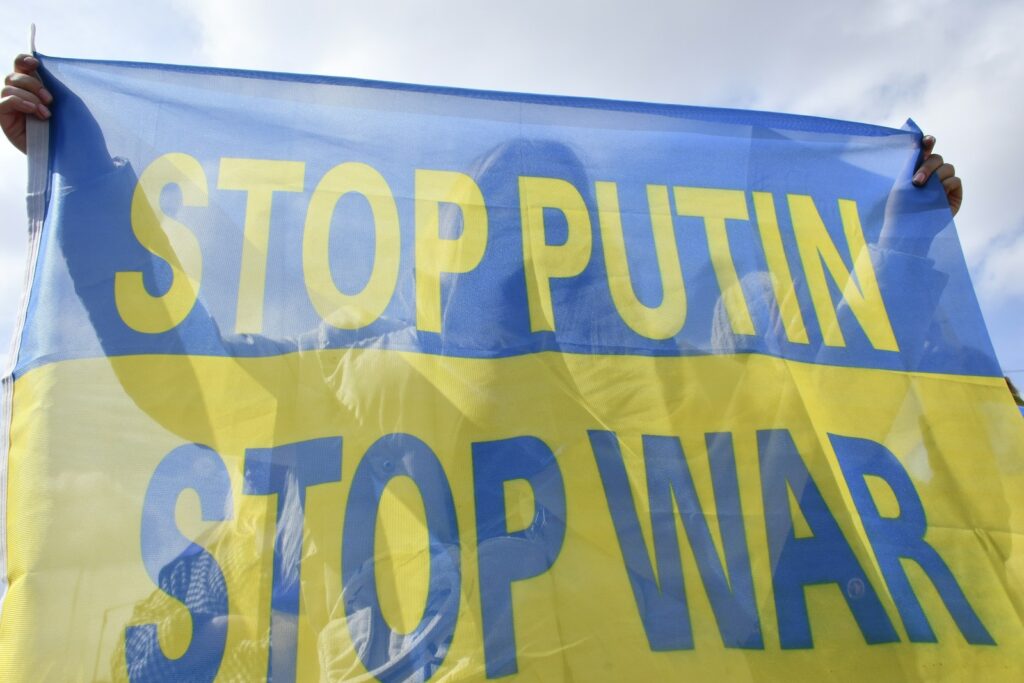
Today, many Western leaders insist that Putin cannot be allowed to repeat Stalin’s crimes. However, Ukrainian pleas for comprehensive aid to expel Russian forces and finally break this violent cycle are only being partially addressed, leaving a critical gap between rhetoric and action.
Violence against children and their forced assimilation are integral, though often underestimated, elements of the crime of genocide. Dictators Stalin and Hitler resorted to them in the 20th century, and now Putin, the leader of the Russian Federation, resorts to them today.
Raphael Lemkin, the author of the term “genocide,” specifically considered crimes against children an integral part of the Third Reich’s genocidal policy, and his framework illuminates the current manifestations of genocide against Ukrainian children.
Lemkin’s broader understanding of genocide extended beyond mere physical acts, encompassing political, social, cultural, and economic manifestations not fully included in the 1948 UN Convention on the Prevention and Punishment of the Crime of Genocide. These include imposing certain types of government, destroying intelligentsia, banning native languages, destroying cultural heritage, and lowering living standards.

When considering children as objects of genocide, Lemkin highlighted both “physical” violence, such as murder, and “cultural” influence, such as assimilation and “re-education.” He wrote about the physical destruction of children and the creation of unfavorable conditions for their development and physical health, manifested in reduced food standards or limited access to heating, leading to health problems.
Tragically, mass extermination of children is not new to Ukraine’s history. In the early 1930s, the Stalinist regime deliberately starved no less than 1.7 million children under the age of 14, a harrowing precedent for today’s concerns.
Undoubtedly, even during the modern genocidal war unleashed by Russia since 2014, children continue to suffer immensely from the crimes of the occupiers. According to the Office of the Prosecutor General, as of May 13, 2024, 546 children had died in Ukraine, and another 1,337 were injured.
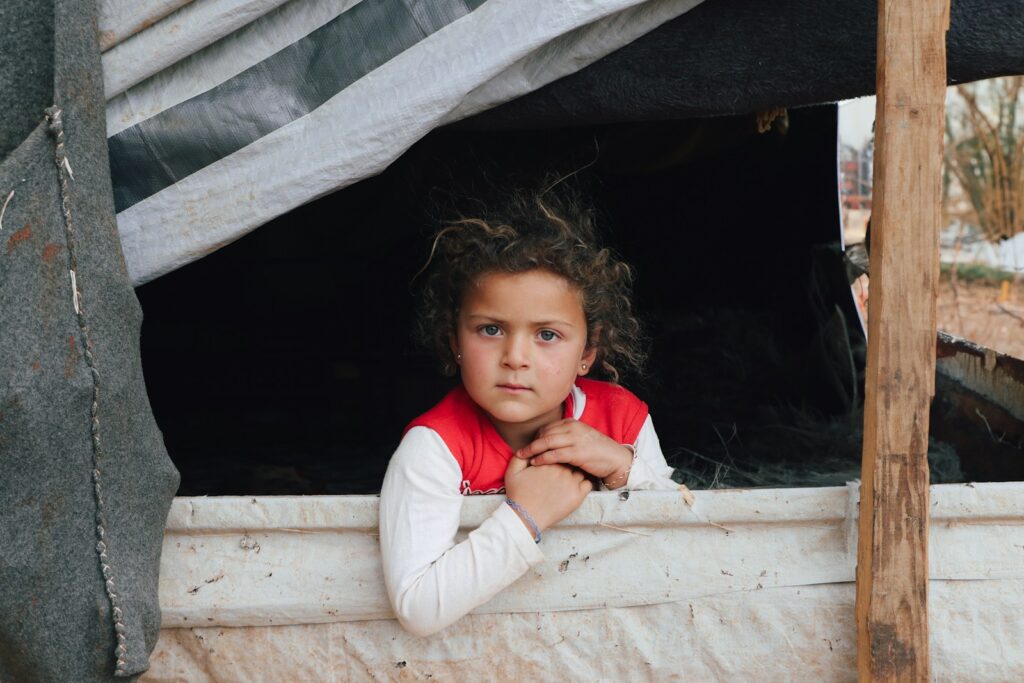
These figures are provided “without fully considering information from places where active hostilities are ongoing,” suggesting the real numbers could be significantly higher. Additionally, the health of both children and adults is severely affected by the seizure and purposeful destruction of critical infrastructure facilities that provide basic life needs, such as power plants and water pipes.
The second genocidal aspect toward children, as Lemkin noted, is their assimilation, a manifestation explicitly included in the 1948 UN Convention under Article II. This systematic process aims to erase a group’s identity by targeting its youngest members.
On this anniversary of the Holodomor, Western leaders have a profound opportunity. By providing life-saving, comprehensive aid to the people of Ukraine, they can help expel Russian forces and finally break this violent cycle, bringing a measure of poetic justice to those fighting against the brutal realities of two Kremlin dictators.
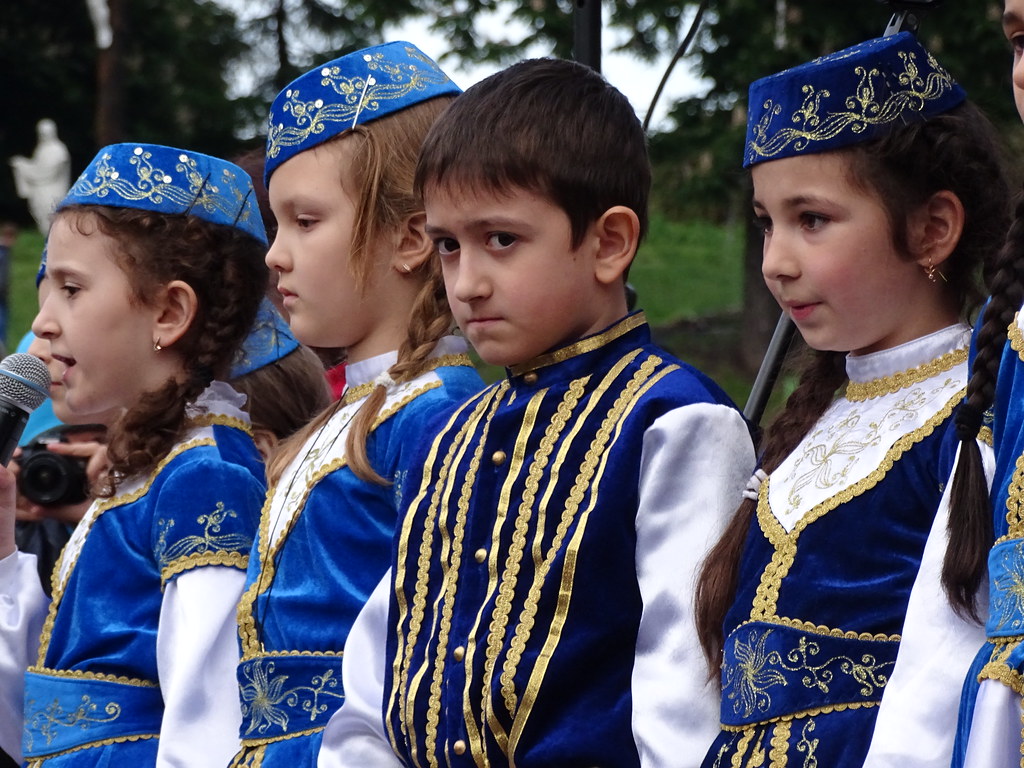
Crimean Tatars, alongside Ukrainians, have not submitted silently. They have formed a resistance movement that actively assists Kyiv’s forces in launching strikes against Russian military installations. Atesh, meaning “Fire,” emerged immediately after Russia’s comprehensive invasion in 2022.
These partisans were instrumental in helping Ukraine’s military obliterate the headquarters of Russia’s Black Sea Fleet in September 2023. Their operatives face the constant threat of torture and execution if captured by Russian forces, and report that conducting operations has become progressively more challenging.
“The intensified counterintelligence environment creates obstacles for our activities,” Atesh explained, “Sometimes it’s difficult to even deliver explosives. Moreover, Russian special services are constantly trying to penetrate our ranks.”
The organization asserts that its members are driven by a quest for vengeance against the Russians “for their lost loved ones and for those held hostage by the Putin regime.” They claim to have operatives throughout Russia, including in major metropolitan areas like Moscow and Saint Petersburg, and assert they are building partnerships with other Tatar ethnic minorities within the nation.
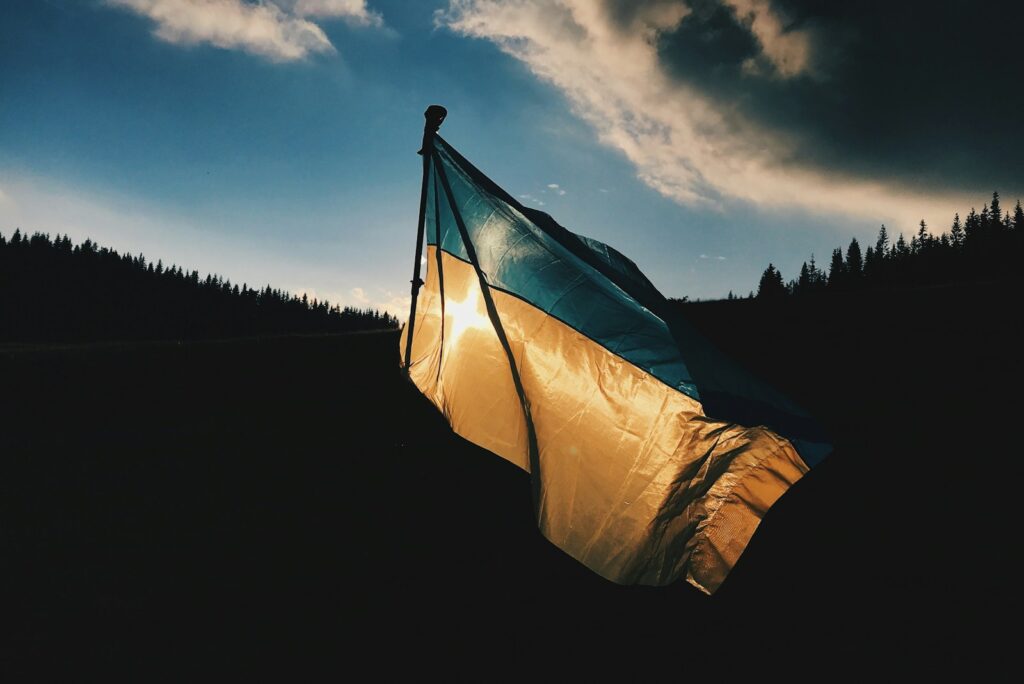
Despite many Western defense analysts questioning Ukraine’s capability to reclaim Crimea, and the incoming Trump administration already signaling its willingness to formally acknowledge the peninsula as Russian territory, Refat Chubarov maintains a resolute stance. He defiantly declared that Russian forces will be expelled from the Tatars’ historic homeland.
“I know that we will definitely return to Crimea. I find the answer in the fact that it is impossible for humanity not to restore the power of justice; otherwise, there will be chaos,” Chubarov affirmed. “I believe that the Russians will leave Crimea, and the territorial integrity of Ukraine will be restored. In this world, reason and law still play a major role.” His words offer a powerful vision of enduring hope and an unwavering belief in the eventual triumph of justice.


